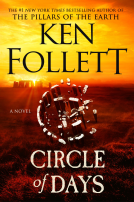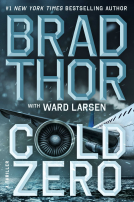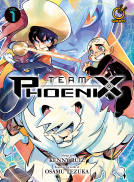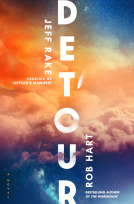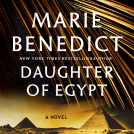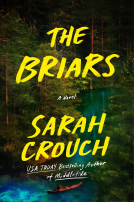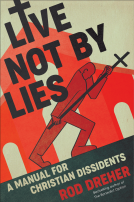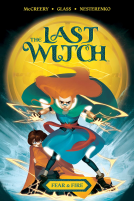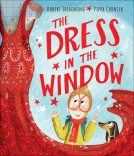
The Science of TV's the Big Bang Theory
Explanations Even Penny Would Understand
by Dave Zobel
This title was previously available on NetGalley and is now archived.
Send NetGalley books directly to your Kindle or Kindle app
1
To read on a Kindle or Kindle app, please add kindle@netgalley.com as an approved email address to receive files in your Amazon account. Click here for step-by-step instructions.
2
Also find your Kindle email address within your Amazon account, and enter it here.
Pub Date Jun 09 2015 | Archive Date May 01 2015
Description
The highest-rated scripted show on TV, The Big Bang Theory often features Sheldon, Howard, Leonard, and Raj wisecracking about scientific principles as if Penny and the rest of us should know exactly what they’re talking about.
The Science of TV’s The Big Bang Theory lets all of us in on the punchline by breaking down the show’s scientific conversations. From an explanation of why Sheldon would think 73 is the best number, to an experiment involving the physical stature of Wolowitz women, to an argument refuting Sheldon’s assertion that engineers are the Oompa-Loompas of science, author Dave Zobel maintains a humorous and informative approach and gives readers enough knowledge to make them welcome on Sheldon’s couch.
A Note From the Publisher
Available Editions
| EDITION | Paperback |
| ISBN | 9781770412170 |
| PRICE | $17.95 (USD) |
Links
Average rating from 15 members
Featured Reviews
 Paul F, Reviewer
Paul F, Reviewer
I’m no scientist, but I did get surprisingly passable grades in those courses in high school and college. . . except biology (PLANT biology—don’t ask). I also know I’m way smarter than Penny, which I mention because of the subtitle, but some of these concepts were still too much, not as easy to grasp as the writer no doubt envisioned.
The great Isaac Asimov used to have a column where he would explain scientific ideas in a way that the general public could understand. Stephen Hawking and Brian Greene (as seen on the show) had books like this too, but they don’t have the writing elegance of Asimov. Neither does this guy, but he comes the closest, especially with his sense of humor. Even then, whereas Asimov comes off as a funny professor teaching a class, Dave Zobel (not to be confused with the tattoo artist if you google the name) is more of a guy chatting at a party, a geek trying to impress a girl perhaps. The style is therefore much more conversational, which probably helps in keeping the reader’s attention. For instance, Isaac Asimov would never have said “As for Raj, he also has a pair [of noise-cancelling headphones]. Despite what some people say.” Literally a low blow.
Like Asimov, who did columns on Shakespeare and Milton, this book includes not just science but also philosophy and psychology. I found the chapter on dimensions the easiest to follow, even before he got to Flatland, as I knew he ultimately would. There’s plenty of asides for interviews and slight tangents of the main topic, with recurring themes like “In what universe?” “eureka@caltech.edu,” “Ask an icon,” and “Out to lands beyond,” though it does seem silly to call up an “icon” like Tom Lehrer and only ask him how he feels about Sheldon singing his song “The Elements.” {Yes, I’m sure there was more to the interview, but that’s all we get.}
One of the points he repeatedly brings up concerns the building where Leonard and Sheldon live, not just its location but its architecture. Since I’ve been on Los Robles plenty of times I was certainly curious about this too. And because I live close by, it occurred to me I might take a shot at it, go over to Pasadena and look for the place where you can see City Hall and the mountains from that exact angle, though considering they live on the fourth floor, it would be tough so match from ground level. Then I got to the last chapter and found someone had already done that; I was secretly relieved.
Your mileage will of course vary on how much you learn from this, but I will say the writer makes it easy with his writing style, even if his explanations don’t quite light the bulb in my head. It’s particularly fun when he calls Sheldon on his mistakes, making me wish the fictional character could read this and I could watch his head explode. . .
Thoroughly enjoyed this book about one of my favorite shows of all times.
 Reviewer 237563
Reviewer 237563
As a "Penny" (more or less) I loved the idea behind this book. It was never condescending, but was really quite clever. Definitely a must-read for fans of the show, science geeks or not!
 Martha D, Reviewer
Martha D, Reviewer
I love books like this one. Much like the works of Michio Kaku, this book takes what could be incredibly complex concepts and explains them in such a way as to be accessible to us not scientists. While not something I'd want to sit down and read all at once, I've enjoyed picking at it here and there.



